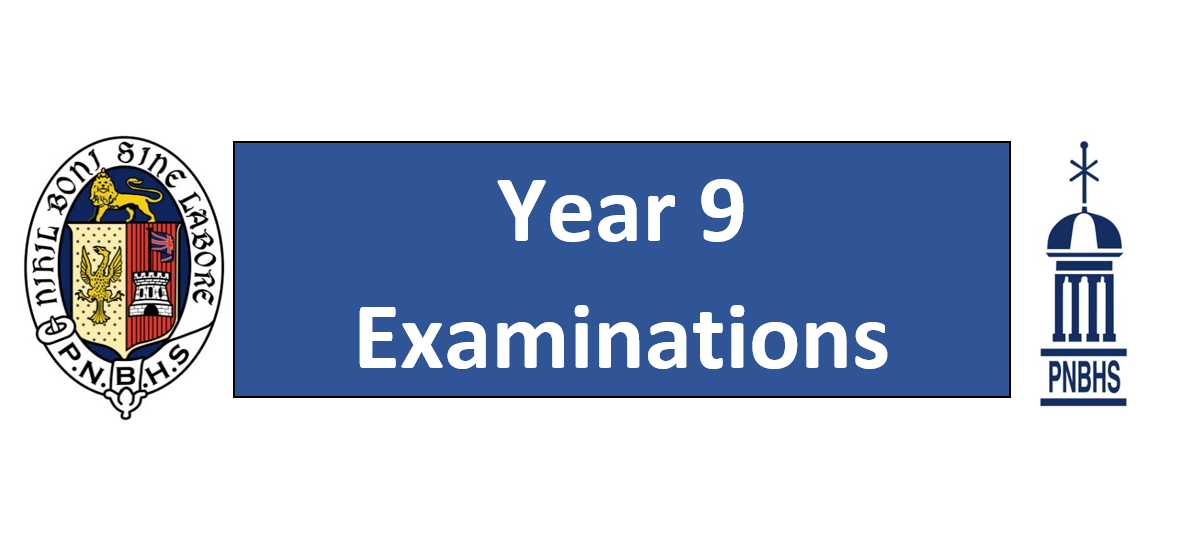Year 9 Science
Topics to be examined are:
Unit 4
Plants (Deforestation)
Multiple Choice and Written, 40 marks (spend 40 mins)
Unit 5
Ecology (Overfishing)
Multiple Choice and Written, 40 marks (spend 40 mins)
Unit 6
Human Biology (Healthy Lifestyle)
Multiple Choice and Written, 40 marks (spend 40 mins)
The examination will consist of multiple-choice questions testing content knowledge, which are listed in the learning outcomes at the beginning of every unit.
The short answer and long answer questions will be testing the skills learnt (investigative approaches, “read and write about science” and “interpreting and understanding representations”).
A graphing question will also be included.
Year 9 Mathematics
Number: Integers, fractions, decimals, ratios, percentages
Measurement: Units, perimeter, area, volume, time
Geometry: Shape naming, transformations, 3d drawing, grid referencing, direction, angles.
Statistical literacy: Interpreting statistical graphs and information.
Probability: Basic probability, probability trees, two-way tables
Year 9 English
There are three sections to the examination:
Written Text Study - 30%
· Writing an introduction and one extended paragraph on a text they have studied in class this year. All questions for this task begin with “Describe….and Explain…”.
· This section is marked on the ideas presented by student, depth and accuracy of supporting examples and their relevance to the question.
· Students should expect to spend around 35 minutes planning and writing this section.
Unfamiliar Text – Fiction, Poetry & Non-fiction - 50%
· 3 texts to read and answer questions about.
· Students will be tested on their reading comprehension, as well as knowledge and understanding of language terms from the Junior English Vocabulary list (available on Stratus).
· Question types include short answer, identification of language features, and analysis of language and its effects.
· Students should spend approximately 1 hour on this section
Punctuation & Grammar - 20%
· Same format as mid-year exam (Identification and application).
· Skills include parts of speech, capital letters, full stops, commas, apostrophes, sentence types, conjunctions, plurals, homophones. (see Vocabulary list on Stratus).
· Students should spend approximately 25 minutes on this section
Year 9 Social Studies
There are 4 sections in this examination.
This examination is worth 90% of the end-of-year report grade. A common assessment completed during term 3 forms the remaining 10%.
The sections are:
1. Resource Interpretation (25%)
2. Identify and Demonstrate parts of a Paragraph (25%)
3. Data Skills (30%)
4. Current Events (10%)
Section 1: Resource Interpretation (25%)
Students will be assessed on their ability to make sense of written texts and interpret sources, including those with different perspectives and views, and provide evidence-based conclusions (‘Do’ 9 and 11).
The topic will be:
· Historical reasons for the migration to New Zealand, and the government and public attitudes/reactions towards this. The context will be the Pacific.
Section 2: Paragraph Writing (25%)
Students will be assessed on their ability to write a PEEL paragraph. This means writing meaningful text for the purpose of formal writing (Literacy Connection).
The topic will be:
· Migration to New Zealand.
Students will be provided with two questions from which they can select ONE to write their response to. Their paragraph must follow the convention of Point, Evidence, Example, and Link sentence/s.
The two options for the questions will be based on the themes of:
1. A contribution which a specific group of immigrants have made to New Zealand in terms of enriching our culture, economy and/or changing perceptions of what makes us a New Zealander.
2. Describing one way in which European settlers have changed the natural environment in the Manawatu.
Section 3: Data Skills (30%)
Students will be assessed on their ability to communicate information using social science practises. Specifically, this means their ability to:
· identify key features of a map and bar graph AND show understanding of grid referencing (CI 6)
· read and interpret data from bar graphs and tables (e.g., recognise basic patterns, relationships and/or trends) (‘Do’ 13)
· provide evidence-based conclusions (PI 3)
Section Four: Current Events (10%)
This section will involve students answering multichoice-style questions, showing cartoon interpretation, and short-answer questions. The purpose is to assess student understanding of important current events.
· The current events will be from mid-2023 to now.
